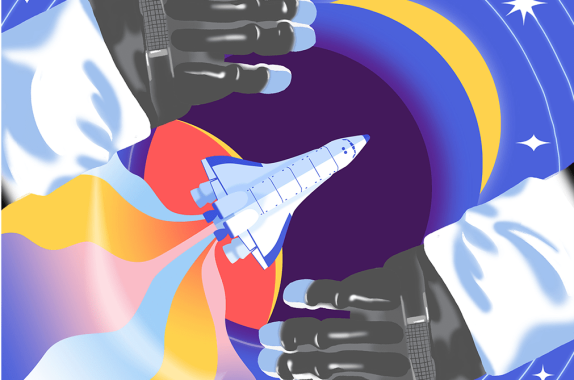Grade Level
6-10
minutes
2 hours
subject
Engineering and Tech
Activity Type:
space exploration, engineering and design challenge
This resource was created as part of the Science Friday Educator Collaborative. If you are implementing this in the classroom, please check out the Educator’s Guide for tips for classroom use.
You Can Go Anywhere In Space-What Do You Pack?
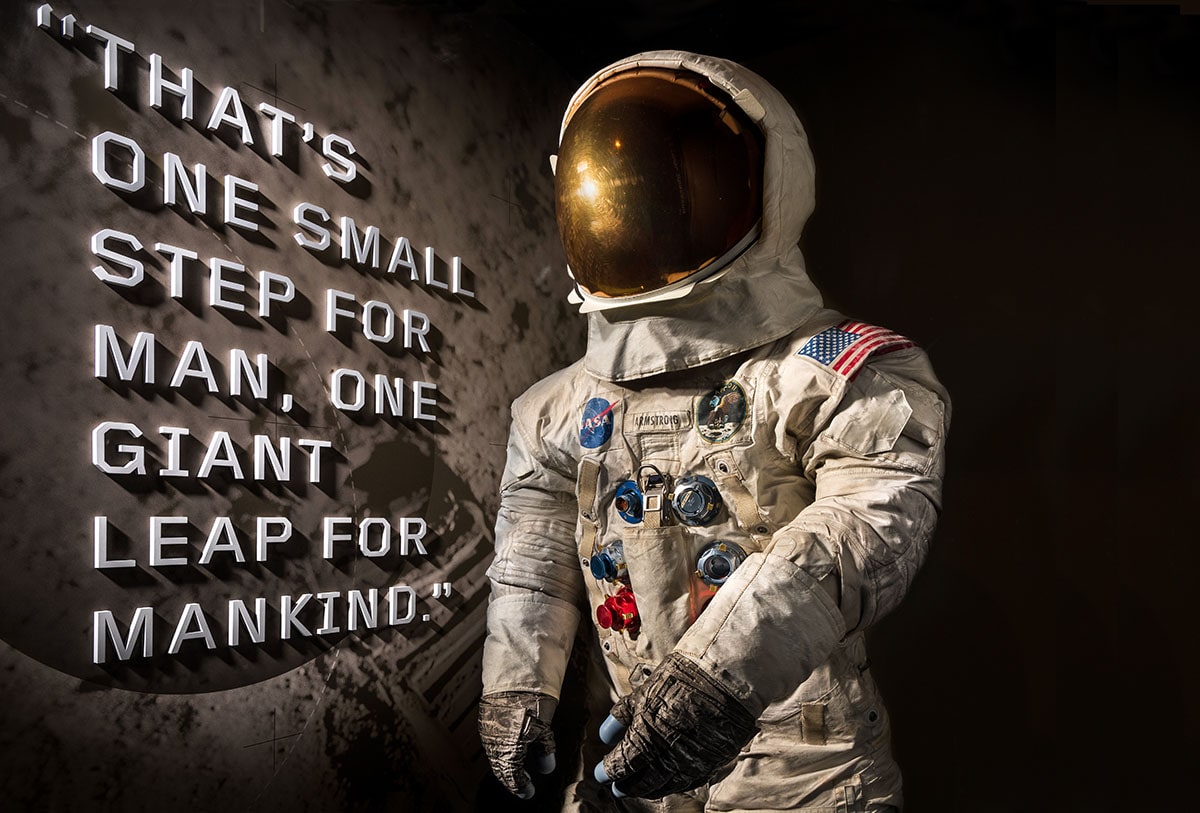
In the 1960s, scientists were challenged to design for a new world as nations raced to put a human on the moon. The moon has no breathable air, extreme temperature changes, and dangerously sharp particles of lunar rock—all bad news for human visitors, and some major obstacles for spacesuit engineers. But we did it! Check out the spacesuit designed for the Apollo missions that took astronauts to the moon in 1969.
In space exploration, form has to fit function like a glove.
All the pieces of the Apollo 11 spacesuit were engineered to help the astronauts survive, but they also had to allow the crew to explore the surface of the moon and collect samples to bring back to Earth. Take a closer look at the extravehicular gloves from the Apollo 11 spacesuit.

Notice the blue fingertips? Those are made of flexible rubber and neoprene to provide astronauts with the manual agility needed to operate tools and interact with the lunar surface. And see the shiny silver fabric? It protects astronauts from extreme hot and cold temperatures by providing insulation. These innovative glove features helped astronauts survive and bring back 842 pounds of lunar rock and soil samples. Some samples were collected on the lunar surface while others required tools such as core tubes and drills.
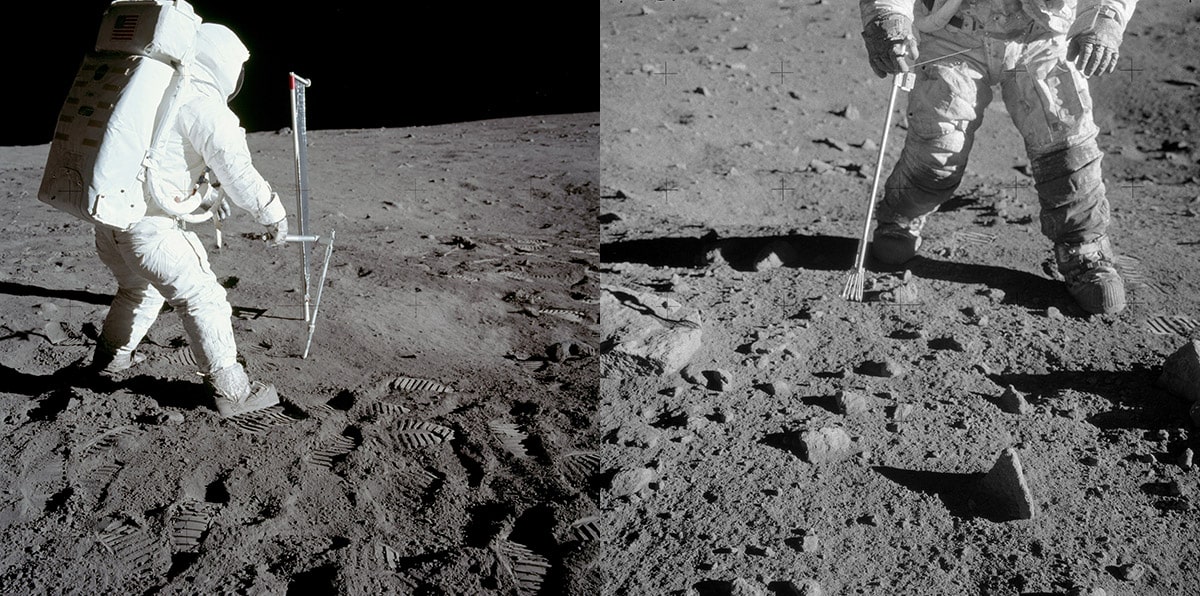
And we aren’t stopping at the moon. If pop culture and recent funding tell us anything, humans are aiming to travel to Mars and beyond to make new scientific discoveries and search for life.
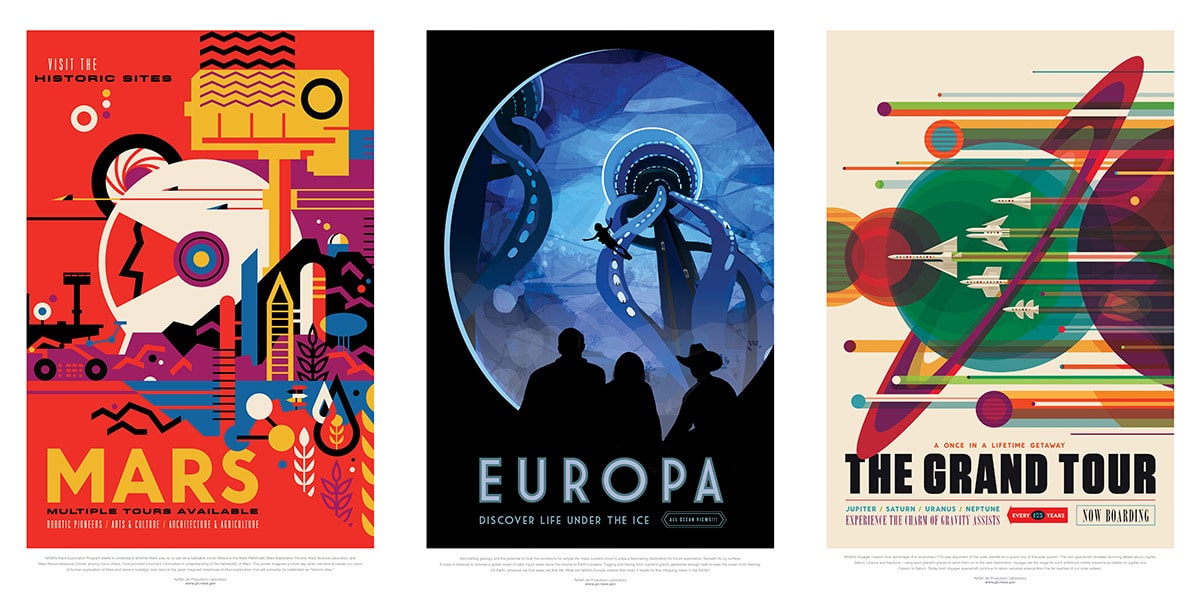
Where will humans walk next?
Each of our solar system’s planets and moons has its own unique set of atmospheric, geological, and thermal conditions, all of which are hostile to human life. How will engineers design spacesuits for travel to these new celestial bodies? How will new spacesuits differ from the suits used by Apollo 11 astronauts?
Hey educators! How has the school year been for you? Tell SciFri your stories and feedback for our future STEM education coverage in a short survey!
Design A New Pair Of Space Gloves
You have been selected for Science Friday’s Space Lab, where emerging engineers design new equipment for astronauts heading to space. Let’s review your first mission.
Mission
Design a glove that will protect astronauts while they collect surface samples on a distant planet or moon.
To do that, you will run through a design protocol. Are you up for the challenge?
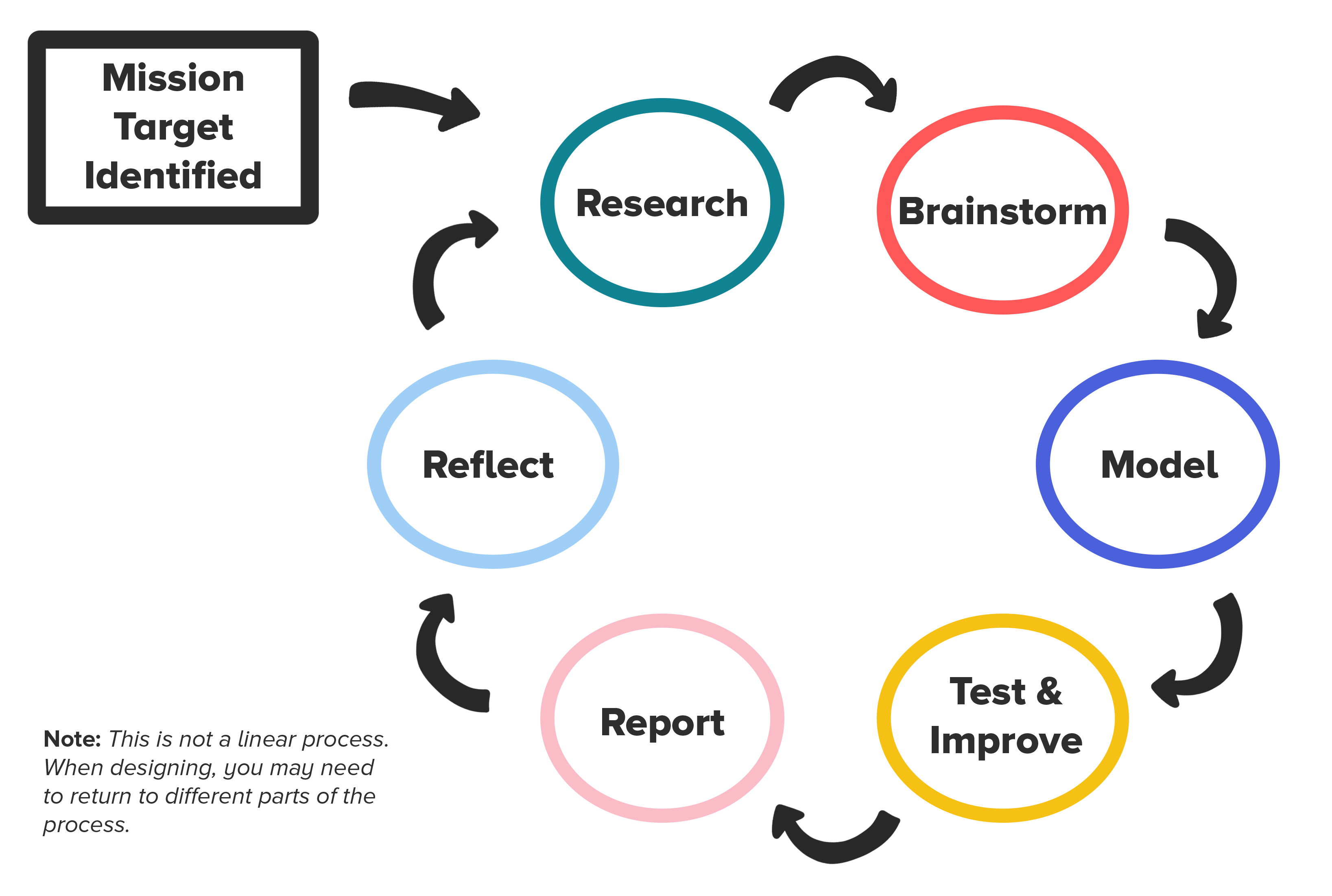
Identify Mission Target Destination
We have identified six target destinations as top priorities for space travel and exploration. You will either receive a target from your mission commander, choose one at random, or select a destination after reading its profile.

The Challenge Cards below give you some basic information about your target destination. This is information to get you started on your research phase, but also specific conditions you should be sure to address in your design. (You can also print out the Challenge Cards using this file, shuffle them, and select a destination at random.)
Research: Gather Information About Your Destination
Before designing, you must learn as much as you can about the conditions an astronaut might experience there. The moon is the only place, apart from Earth, humans have ever walked. How then do we know what conditions are like on Mars or any other celestial body?
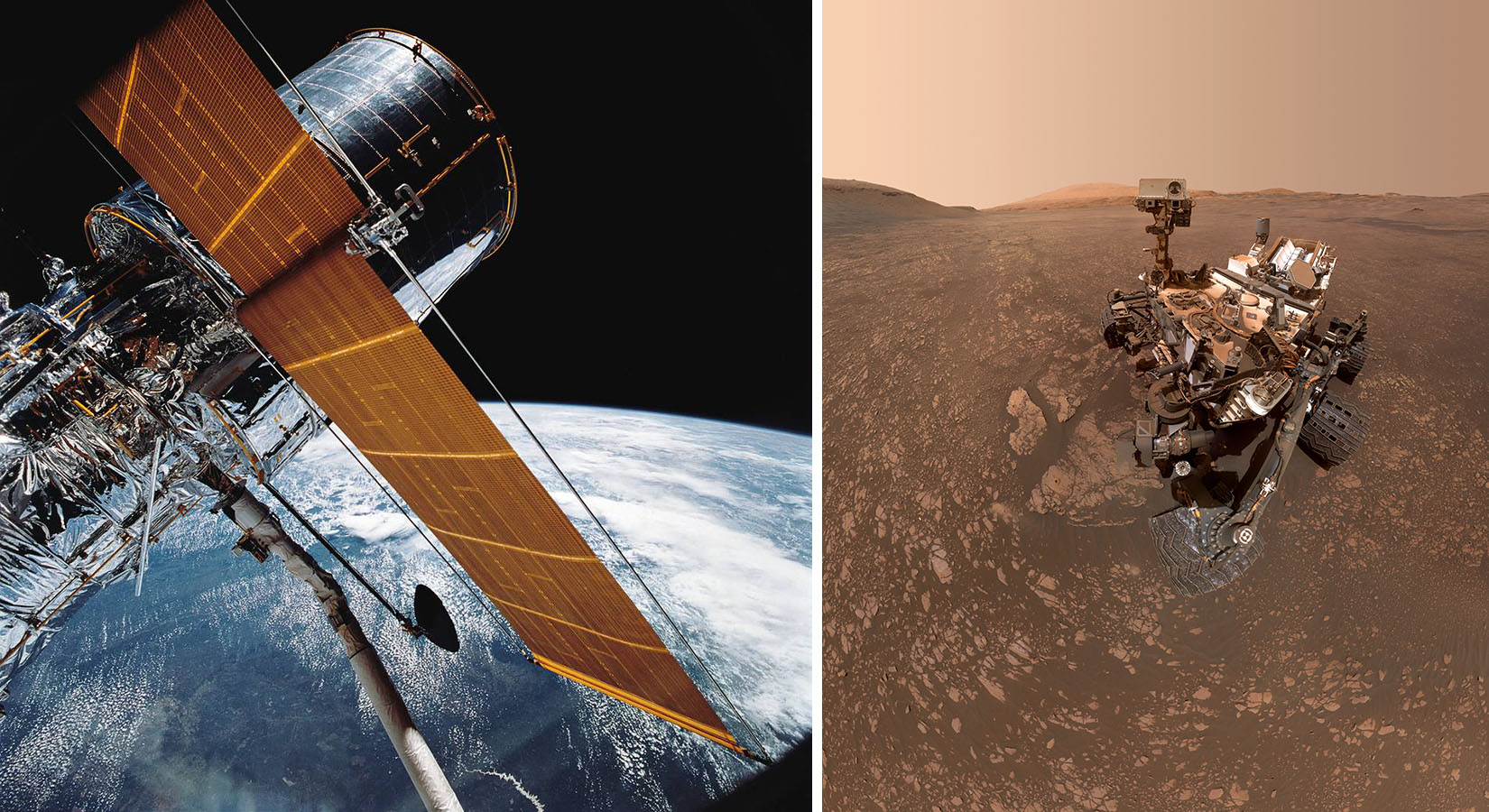
We can thank human-made satellites, spacecraft, and rovers for collecting images, surface samples, atmospheric measurements, and more. With their help, we have gathered a lot of data about the conditions at a variety of solar system destinations. A past NASA mission already collected data about your target destination using satellites and other surveying tools.
Using information from past space missions, NASA and other space agencies around the world, collect information about your target destination that will be important considerations for design and add them to your Mission Engineer Workbook. Be sure to include information on:
- What surface conditions are you designing for?
- How will astronauts complete their mission of collecting surface samples?
- How will your glove protect astronauts while they accomplish their mission?
Check out NASA’s information on planets, moons, and past space missions to help you gather information. If you ever need a comparison, you can always look at the information on Earth because those are conditions that are familiar.
Think Like A Space Engineer
Designing for space requires a lot of work on Earth.
Now that you know where your astronauts are headed, you need to design a glove that will allow them to pick up samples from the surface while keeping their hands safe in the harsh conditions of your target destination. The hardest part? Equipment cannot fail on missions to other planets–there are no hardware stores on Mars (unless you’re willing to backtrack approximately 140 million miles!)
To guarantee that space equipment never fails, space engineers run their prototypes through numerous rounds of testing here on Earth. With each test, they improve their design until they create a final product. Do you think the first baseball mitt was perfect the first time it caught a linedrive? Are baseball mitts perfect now? Far from it. Designers have revisited baseball mitt designs over and over again to make improvements, adapt to changes in the game, and respond to user feedback.
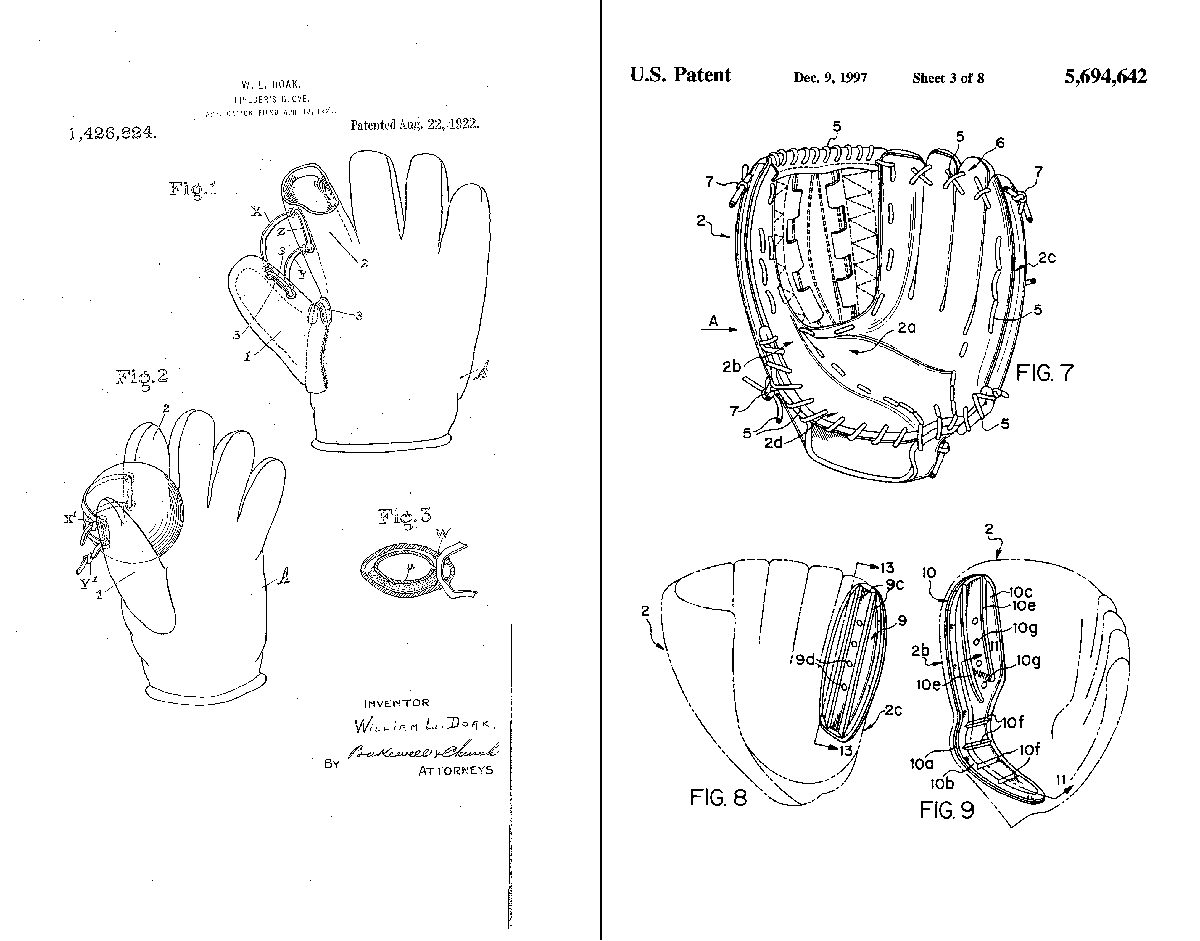
Grab any pair of gloves and think like an engineer! Consider the glove’s design. What function was that glove specifically designed to perform? How do you think engineers tested those gloves before introducing them to the market?
Finding The Right Test
How can we test equipment intended for use in space before actually sending it up there?
Our best solution? Identify a place on Earth with similar conditions to the planet or moon in question.
To see how the Mars Curiosity Rover would perform on the Red Planet’s hot, rocky surface, researchers tested it in the Mojave Desert. They collected valuable data that allowed engineers to make key improvements to the rover’s design. Check out these researchers testing Curiosity in the Mojave Desert.
In some cases, the conditions of another planet or moon just cannot be found on Earth. When faced with conditions so extraterrestrial that they do not exist naturally on Earth, researchers can simulate those conditions in a lab.
Where on Earth would you test a glove designed for your destination in space? Does a suitable location on Earth exist? If not, how will you solve this problem? Record your research in your Research Guide (add WS link).
Interested in seeing other ways researchers have tested space equipment on Earth? Explore this YouTube Playlist.
Incorporating Nature Into Your Design
Evolution on Earth has been hard at work creating organisms and processes that are highly adapted to their specific environment. Why not draw design inspiration from these natural elements?
When engineers incorporate structures and functions of nature into their designs, we call it biomimicry.
Space designs are loaded with biomimicry. Researchers at NASA’s Jet Propulsion Laboratory (JPL) were looking for a Velcro alternative to use in space. Inspired by the adhesive properties of gecko feet, they created a material that could grip surfaces in much the same way.
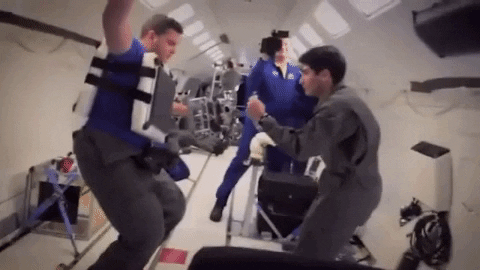
Researchers needed to evaluate the stickiness of the new gecko-inspired adhesive in space-like conditions before actually using it in space. To do so, they tested samples of the material on board the infamous vomit comet which can simulate the micro-gravity of space within Earth’s atmosphere.
Think about the location on Earth where you want to test your glove design. Are there organisms within that environment that could influence your design? Animals that are already adapted to Earth’s sandy deserts, for example, could inspire a design that would function well on a sandy planet. Write down ideas in the ‘Research’ section of your Mission Engineer Workbook.
Need ideas to get you started? Check out the Nature Inspiration Cards below and this YouTube Playlist.
Activity: Build a Model Glove
Materials
You can keep track of your work for each step using your Mission Engineer Workbook.
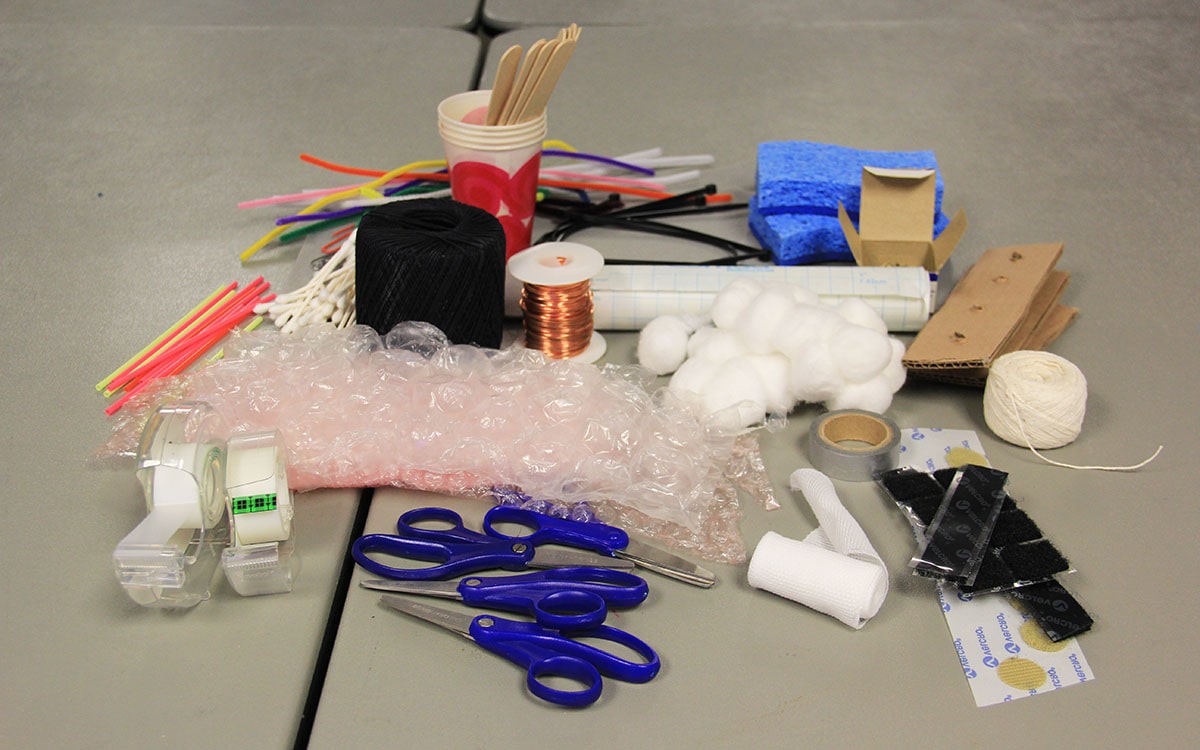
Tools (required)
- Gloves you can modify (nitrile, plastic, cotton, or whatever is available at your local thrift store)
- Tape
- A pair of scissors.
Building Materials – Gather a variety of items to use in your design. Here are some ideas:
- Velcro, string, brads, wire, zip ties, rubber bands
- Cotton balls, contact paper, gauze, tin foil, bubble wrap, paper
- Straws, pipe cleaners, popsicle sticks, toothpicks
Testing Materials – Think about the site from your Challenge Card. What is the surface like? What is the material will your astronaut need to collect? We’ve included some ideas below to get you started:
- Block of ice
- Sand
- Large smooth and rough rocks
- Sampling tools (shovel, pliers, small hammer, etc)
Brainstorm
- Consider your design constraints. Refer back to the research in your Mission Engineer Workbook.
- What surface conditions are you designing for?
- How will astronauts complete their mission of picking up surface samples?
- How will your glove protect astronauts while they accomplish their mission?
- Where on Earth will you test your glove?
- Jot down initial ideas. Thinking about your design constraints, how will astronauts complete their mission of picking up surface samples?
- Plan within your budget. Here at the Science Friday Space Lab, budget is an important consideration. You may only use four different building materials. Remember that tools have unlimited use.
- Start with a sketch. Create a sketch to illustrate your plan for your glove design. Be specific! Label your sketch with material names and intended functions of all elements.
NOTE: Your Mission Commander (your instructor or caregiver) must approve your sketch before work can begin on a physical model.
Model
- Construct your model. Construct a model of your glove design using available building materials.
- Document your building process. Make note of the challenges you face during construction in your Mission Engineer Workbook. You can always head back to the drawing board and try something new!
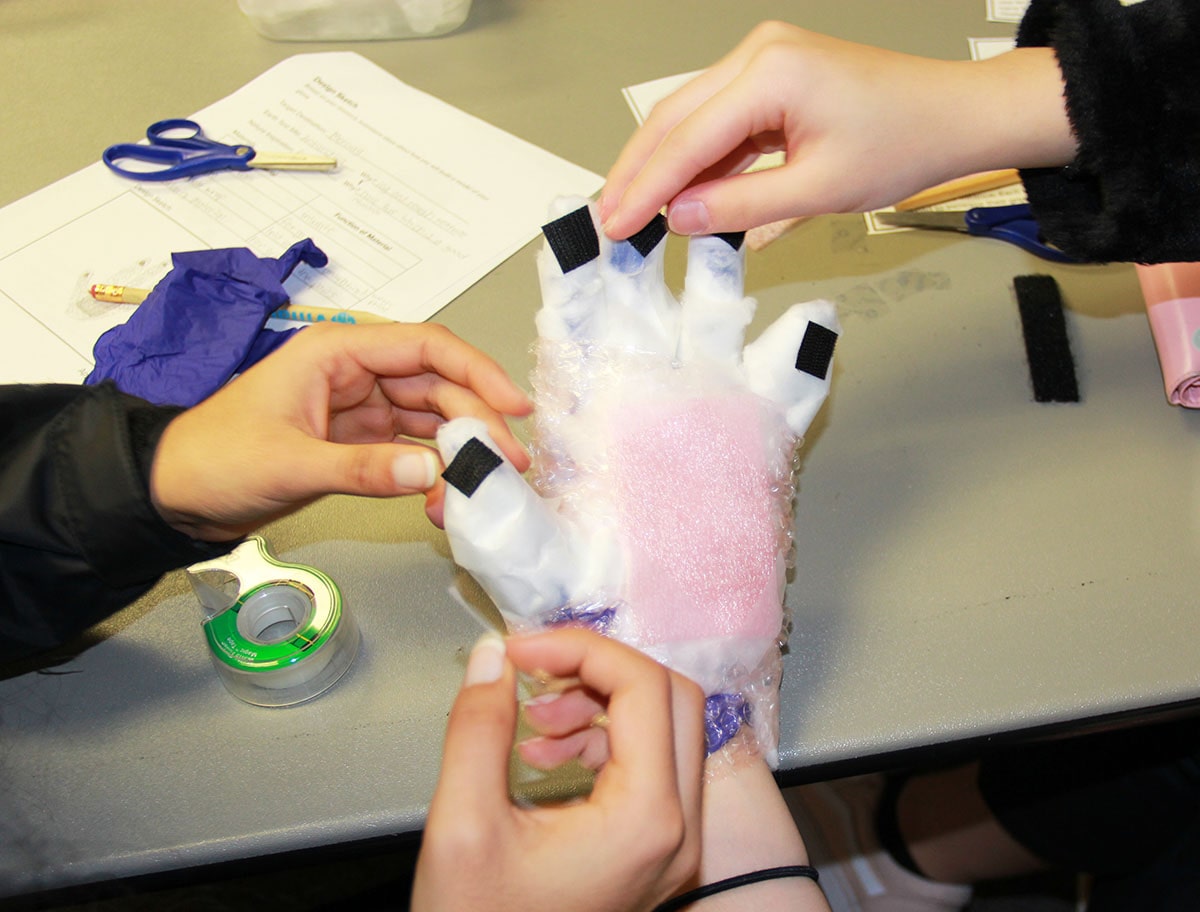
Test and Improve
- Test your glove. Testing your design during the building process can reveal flaws and areas for improvement. Remember, future astronauts using your glove will need to collect surface samples. Keep notes on performance in your Mission Engineer Workbook.
- Can you pick up a sample similar to the surface substrate of your target planet or moon?
- If you are unable to use your glove to collect rocks, ice, or sand, what can you do to change your design?
- Revise and improve your glove design. Designs can always be improved and reimagined. Be sure to keep track of your revision with a description and new sketch.
- If you are unable to collect a simulated surface sample, consider how your design must change to become successful.
- Even if sample collection is successful, are there ways you could improve the efficiency of your design? The comfort? The cost of production?
Prepare Your Model For Prototyping
The Science Friday Space Lab needs you to document every aspect of your newly designed glove so it can be sent off for prototyping. A prototype is constructed to evaluate the concepts highlighted in your model glove. Use the Design Fabrication Report in your Mission Engineer Workbook to outline important design elements, material considerations, and testing protocol.
If you are designing alongside other Science Friday Space Lab Engineers take time to examine other designs and share your own ideas.
Consider these questions as you reflect on your design:
- What about your design worked well?
- What would you change if you could redesign your glove?
- Would testing your model glove in the field produce accurate results?
- How would your design change if you could use unlimited materials?
- Where else do space engineers look for design inspiration, besides nature?
Use the Design Reflection in the Mission Engineer Workbook to record your responses.
Keep The Mission Going!
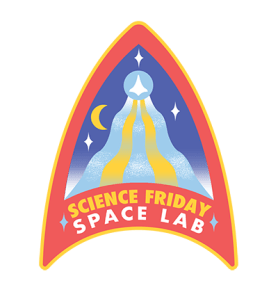
Excited to continue your appointment as a member of the Science Friday Space Lab team? Here are a couple ideas to keep exploring space, design, and the future of extraterrestrial fashion:
- NASA’s Artemis Program aims to send astronauts to the moon in 2024. How do the new Artemis suits compare to suits created for the Apollo missions? Were changes made? Why?
- Some locations in space, such as Europa, have such unique and extreme conditions that comparable climates do not exist on Earth. Is biomimicry still a viable design consideration in that situation? Should engineers brainstorm from scratch?
- Figure out where has space equipment been tested on Earth?
Next Generation Science Standards
MS-ETS1-1: Define the criteria and constraints of a design problem with sufficient precision to ensure a successful solution, taking into account relevant scientific principles and potential impacts on people and the natural environment that may limit possible solutions.
MS-ETS1-2: Evaluate competing design solutions using a systematic process to determine how well they meet the criteria and constraints of the problem.
HS-ETS1-3: Evaluate a solution to a complex real-world problem based on prioritized criteria and trade-offs that account for a range of constraints, including cost, safety, reliability, and aesthetics as well as possible social, cultural, and environmental impacts.
Credits:
Writing and Photographs by Jennifer Powers
Edits by Abigail Holstein and Xochitl Garcia
Review by 2019 Educator Collaborators
Illustrations by Gica Tam
Digital Production by Xochitl Garcia
Educator's Toolbox
Meet the Writer
About Jennifer Powers
Jennifer Powers is a science educator at the Oregon Museum of Science and Industry in Portland, where she makes science fun for everyone through strategically designed exhibits and hands-on activities. She has bachelor’s degrees in botany and Spanish from Washington State University and a master’s degree in plant ecology from the University of Wyoming.
